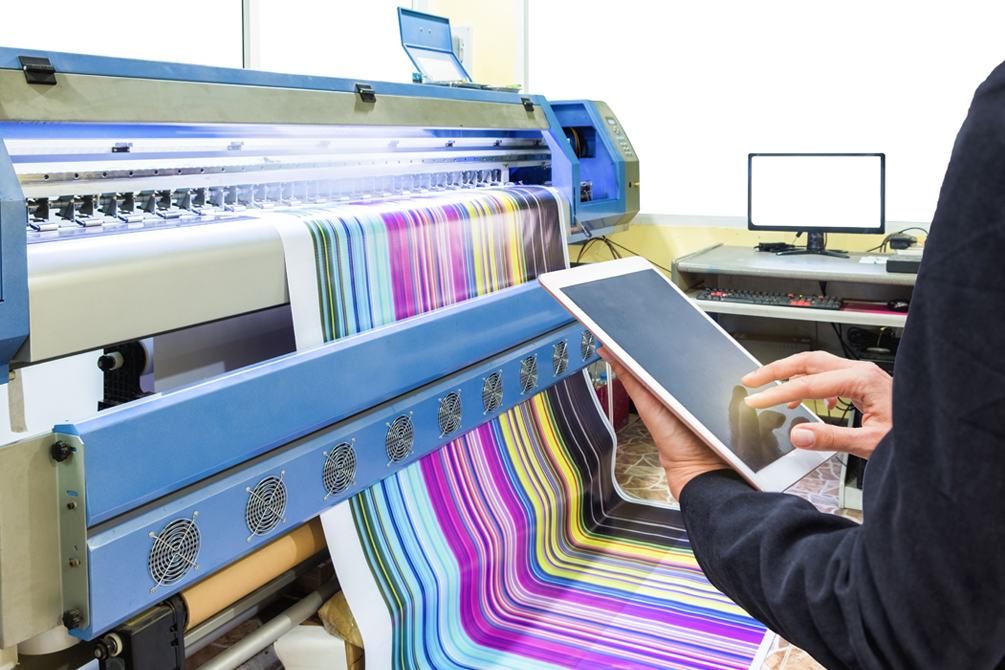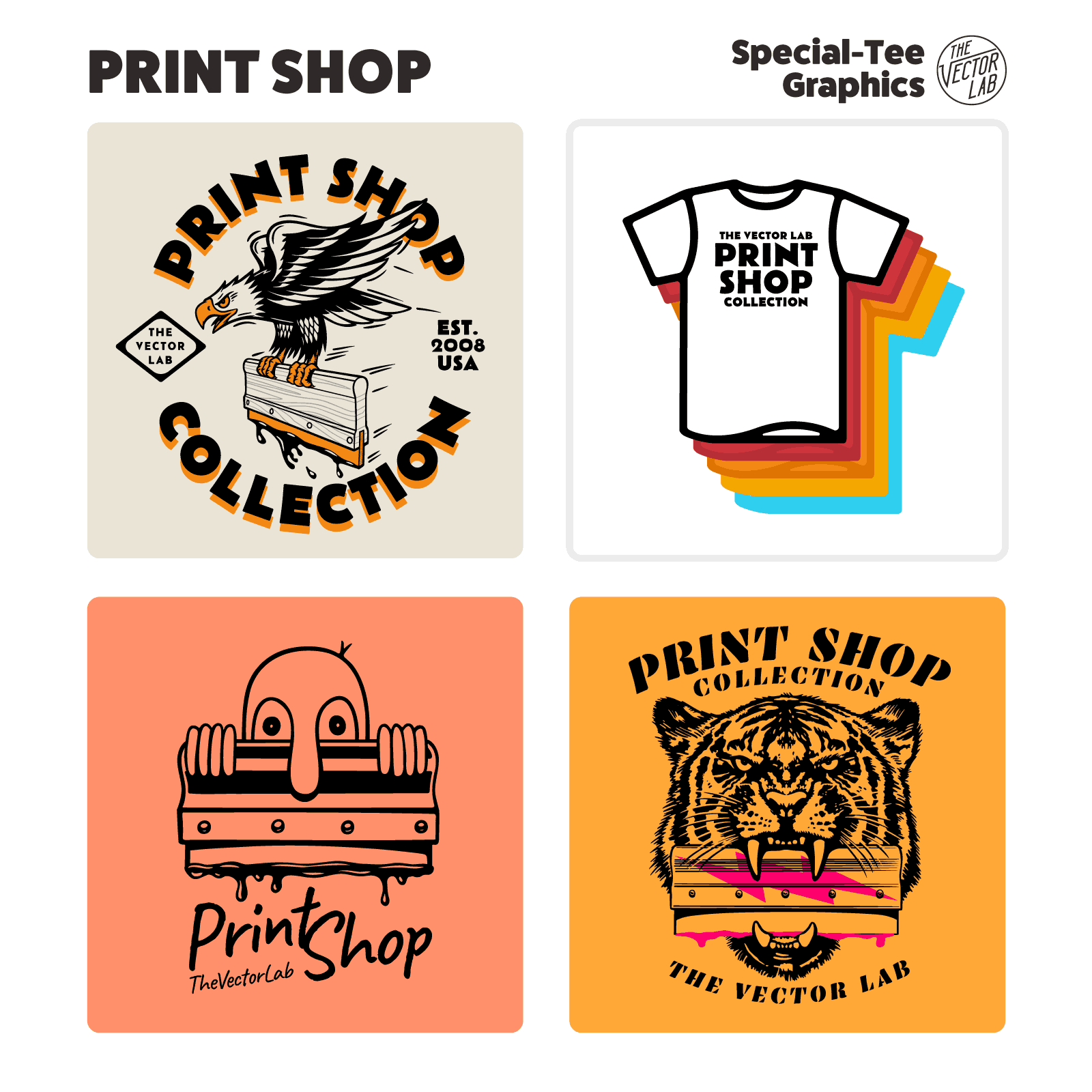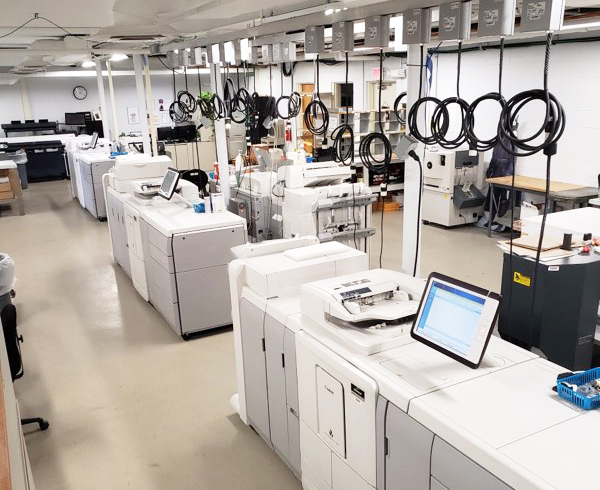The Ultimate Guide to Utilizing Printing Services for Customized Art Prints
Steering with the globe of custom-made art prints needs a clear understanding of numerous printing solutions. Musicians have to consider elements such as printing techniques and materials to accomplish the wanted outcome. Each decision, from art work preparation to shade calibration, plays a crucial role in the end product. As they discover these aspects, artists can reveal the possibility for their work to connect with target markets in a meaningful way. What actions can they take to ensure their prints attract attention?
Comprehending Different Kinds of Printing Services
Numerous people might forget the details of printing services, recognizing the various kinds offered is crucial for any individual looking to create customized art prints. One of the most usual kinds include electronic printing, offset printing, and display printing. Digital printing is favored for its quick turnaround and capability to produce top quality images straight from digital files, making it optimal for small runs. On the other hand, offset printing offers exceptional picture top quality and is economical for bigger quantities, making use of plates to move ink onto paper. Display printing, often made use of for textiles and marketing items, entails pressing ink via a mesh screen, enabling for vibrant shades and appearances. Each approach has its unique benefits and limitations, making it crucial for musicians and designers to examine their particular demands, such as quantity, wanted top quality, and spending plan, prior to choosing a printing service that straightens with their artistic vision.
Picking the Right Materials for Your Prints
Selecting the proper materials is essential for attaining top quality customized art prints. Comprehending the various kinds of paper and the significance of ink high quality can greatly influence the final result. Artists should think about these variables to ensure their vision is properly represented in the published piece.
Paper Kind Explained
Picking the right paper kind is necessary for achieving the desired aesthetic and toughness in personalized art prints. Numerous options exist, each offering unique qualities. For example, shiny paper enhances shade vibrancy and detail, making it perfect for photography prints. Alternatively, matte paper supplies a softer coating, which is more suitable for artwork that requires subtlety and appearance. Art paper, usually made from cotton or alpha cellulose, offers historical high quality and appropriates for duplicating intricate details in paints (Print Shop Near Me). In addition, specialized documents, such as watercolor or canvas, can include one-of-a-kind visual impacts. Ultimately, picking the suitable paper type will substantially affect the last discussion, guaranteeing that the artwork is both durable and visually appealing
Ink Quality Matters
Ink high quality plays a necessary function in the total success of custom art prints. Top quality inks assure vivid colors, sharp information, and durability, which are essential for showcasing artistic work. When selecting printing solutions, artists should consider pigment-based inks over dye-based choices, as they use better fade resistance and shade stability. Additionally, the selection of ink need to complement the selected paper kind, boosting the print's aesthetic effect. Environmental aspects, such as moisture and temperature level, can likewise impact ink efficiency; therefore, artists ought to inquire concerning ink formulations that withstand these aspects. Inevitably, purchasing remarkable ink high quality can boost the end product, ensuring that the art print holds to the artist's vision for many years to find.
Discovering Printing Strategies: Digital vs. Typical
While both conventional and electronic printing strategies have their distinct benefits, the choice on which technique to utilize typically hinges on the specific demands of the artwork. Digital printing masters adaptability and rate, enabling fast turnaround times and the ability to publish as needed. This technique is specifically helpful for musicians that call for one-of-a-kind items or little runs, as it eliminates the requirement for considerable setup processes.Conversely, standard printing strategies, such as lithography and display printing, often produce richer shades and structures, interesting artists looking for a more genuine and tactile surface. These methods can boost the deepness and high quality of the art work, making them suitable for larger editions. Additionally, traditional techniques might provide a distinct visual that electronic printing occasionally struggles to replicate. Inevitably, the selection between these methods must think about aspects like wanted quality, quantity, and creative intent, directing artists to one of the most suitable choice for their projects.

Preparing Your Art Work for Printing
Effectively preparing artwork for printing requires careful attention to detail, despite the selected printing strategy. Artists should ensure that their files are developed at the ideal resolution, usually 300 DPI, to keep sharpness and clarity. The right color setting, usually CMYK for print, is crucial to accomplish the wanted color precision. Artists ought to likewise consider the measurements of the art work, making sure to consist of hemorrhage areas if required, to protect against any kind of unwanted white sides after trimming.Additionally, data formats play a crucial duty; TIFF and PDF are commonly preferred for high-quality prints. Prior to have a peek at this site entry, it is necessary to review the art work for any kind of flaws or unwanted elements. By carefully checking these elements, artists can improve the likelihood of their prints aligning with their innovative vision, ultimately bring about an effective printing result.
The Importance of Color Calibration and Proofing
Color calibration and proofing are vital steps in the printing process, as they guarantee that the final output precisely reflects the musician's vision. Correct shade calibration guarantees that the shades presented on the screen match those that will certainly be published. This process involves adjusting the display settings, printer profiles, and inks to attain a constant color representation.Additionally, proofing permits musicians to sneak peek their work prior to the last print run. This stage allows them to detect and correct any kind of inconsistencies in detail, color, or saturation, consequently minimizing costly errors. By utilizing electronic or hard-copy proofs, artists can make enlightened choices regarding modifications required for perfect results.Incorporating color calibration and proofing into the printing process not just enhances the top quality of the final item however also promotes a trusted partnership between the printing and the artist solution, guaranteeing complete satisfaction and integrity to the original art work.
Choosing the Perfect Dimension and Layout for Your Prints

Marketing and Selling Your Custom Art Prints
Advertising and selling personalized art prints needs a strong brand name identity to attract attention in an open market. Reliable online promo approaches and the strategic use social networks platforms can considerably improve visibility and involvement. By incorporating these aspects, artists can create a compelling presence that attracts prospective customers.
Structure Your Brand Identification
Developing a strong brand name identity is vital for musicians aiming to efficiently market and offer their custom art prints. This identification includes the musician's unique design, worths, and story, which reverberate with possible customers. Artists need to develop a cohesive visual existence throughout all systems, including logo designs, color pattern, and typography that reflect their imaginative vision. Furthermore, a clear objective declaration aids connect the artist's objective and passion. Engaging storytelling regarding the motivation behind each item can foster psychological links with the target market. Uniformity in messaging, whether on social media or packaging, boosts recognition and count on. By very carefully curating their brand name identification, artists can distinguish themselves in a competitive market, drawing in devoted consumers that value their check my site creativity.
Reliable Online Promotion Techniques
What approaches can musicians use to successfully promote their custom art publishes online? Creating a professional website showcasing the artwork is important. This site should include premium pictures and detailed descriptions to engage prospective buyers. Additionally, musicians can use email advertising by developing a client checklist to share updates, promos, and new launches. Collaborating with bloggers and influencers in the art community can broaden reach and reputation. Using exclusive pieces or limited-time discount rates can likewise develop necessity, motivating acquisitions. Enhancing material for search engines through appropriate keywords will certainly improve exposure. Preserving a blog site concerning the creative procedure can bring in art fanatics, promoting a much deeper link with the audience and improving the overall marketing strategy.
Making Use Of Social Media Site Platforms
Social network platforms work as effective tools for artists seeking to market and offer their customized art prints. By leveraging platforms like Instagram, Facebook, and Pinterest, artists can showcase their work to a large audience. Involving visuals and tactical hashtags can enhance exposure, drawing possible customers to their profiles. Frequently publishing content, such as behind-the-scenes procedures or brand-new layouts, assists keep target market rate of interest and promotes a feeling of neighborhood. Additionally, artists can use targeted marketing to reach particular demographics, enhancing the opportunities of sales. Partnerships with influencers or other musicians can better amplify exposure. Ultimately, a well-curated social networks existence not just advertises personalized art prints but additionally constructs a faithful client base gradually.
Frequently Asked Questions

How Do I Locate Dependable Printing Company?
To find trusted printing company, one should look into on-line evaluations, look for suggestions from peers, contrast profiles, request samples, and evaluate customer care responsiveness. This extensive strategy warranties educated decisions and acceptable results.
What Is the Typical Turn-around Time for Personalized Prints?
The typical turn-around time for custom-made prints varies by copyright, but usually ranges from a couple of days to 2 weeks. Aspects influencing this include order dimension, complexity, and the particular printing strategies used.
Can I Obtain a Refund if I'm Not Pleased With My Prints?
The question of obtaining a reimbursement for unsuitable prints commonly relies on the specific printing service's policies. Many business offer fulfillment guarantees, while others may have stringent return problems, emphasizing the significance of evaluating terms ahead of time.
Are There Any Kind Of Hidden Costs Associated With Printing Solutions?
Several printing services may include hidden costs such as arrangement fees, delivery charges, or service charges for certain materials. It's vital for clients to ask about all prospective costs prior to completing their order.
Just How Can I Guarantee My Prints Are Ecologically Pleasant?
To assure prints are eco pleasant, one ought to choose eco-friendly inks, recycled paper, and sustainable printing methods. Looking into printing services that focus on sustainability and obtaining certifications can better assure minimal ecological influence in the printing process. Guiding via the world of personalized art prints needs a clear understanding of numerous printing services. Many people might ignore the intricacies of printing solutions, comprehending the different types readily available is essential for anybody looking to develop personalized art prints. The most usual kinds consist of electronic printing, counter printing, and screen printing. Efficiently preparing art work for printing calls for careful interest to information, no matter of the chosen printing technique. Prints aimed at galleries could require conventional dimensions to facilitate framework, whereas one-of-a-kind styles might appeal to collectors looking for something distinctive.Lastly, the printing service's abilities must be assessed.